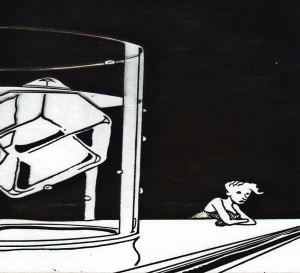Facilitator’s Guide
Preparation: there are a number of things a counselor can do before introducing this workbook to live clients.
1.The simplest thing would be to go through it for yourself, even better if you can do it with a group of peers. You may not be in recovery from alcohol or drug addiction, but rare is the human being who does not do something they know is not good for them. And just as rare is the human being who has not quit their personal “something,” only to change their mind and go back to it somewhere down the road. This is the experience of relapse! And you will find that the thoughts in your mind as you changed your mind and went back to your personal “something” parallel the thinking of your alcoholic/addict patients as they pick up the first drink or drug of relapse. Not only does this give you a basis for completing the workbook from your own experience, it may give you a new perspective on the similarity between you and your clients.
2. There are also some things you may read that will increase your understanding before and after trying to process the workbook with live patients . See the link to the left for five “articles behind the workbook,” which you can read right on the website. The first one actually gives the empirical and theoretical rationale of the workbook and the others shed light on various sections, as explained on that page.
My book, White Knuckles and Wishful Thinking, features two lengthy chapters on the two kinds of relapse thinking. Chapter Three, on “wishful thinking” includes two exercises, “Exhaustion of the Obvious” (which you will recognize as the source of the list for “BFOTO” in the workbook) and “Addiction Conviction Scale” (an early version of the Memory Scale – have processed it with groups of ninety!) The chapters on ownership and disownership inform the workbook’s “Wishful Realization number Two.” Patient exercises at the end of each chapter make great follow-up homework for the workbook, or in their own right.
An intense review of the first three chapters of the AA “Big Book,” focusing on the theme of taking the first drink, might also be helpful, especially for those who have not yet realized the clinical value of this book. Chapter three is particularly focused on the relapse with wishful thinking, though the Big Book does not use that term. (See my blog entry on all the terms it does use.) Chapters four through six also refe

